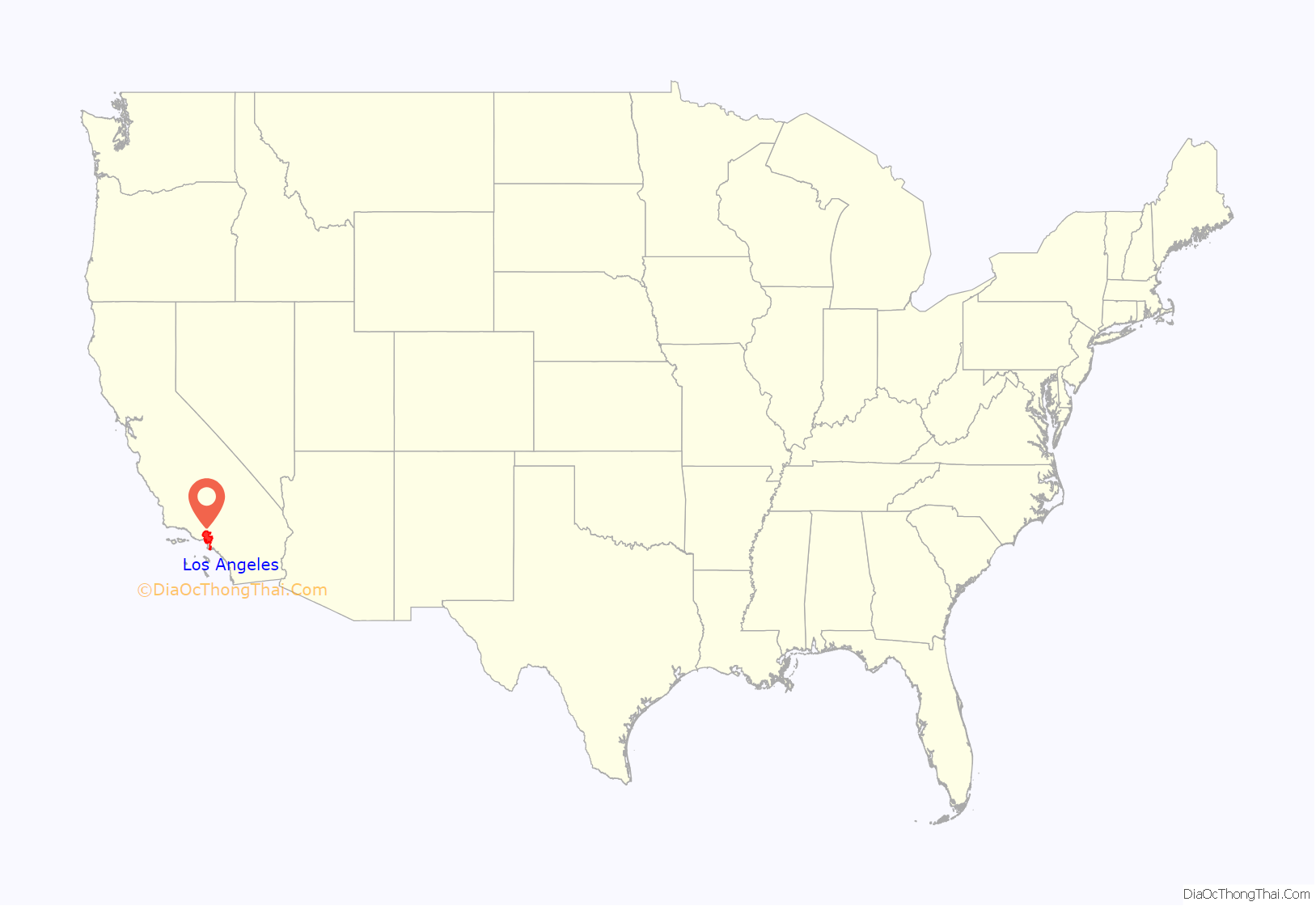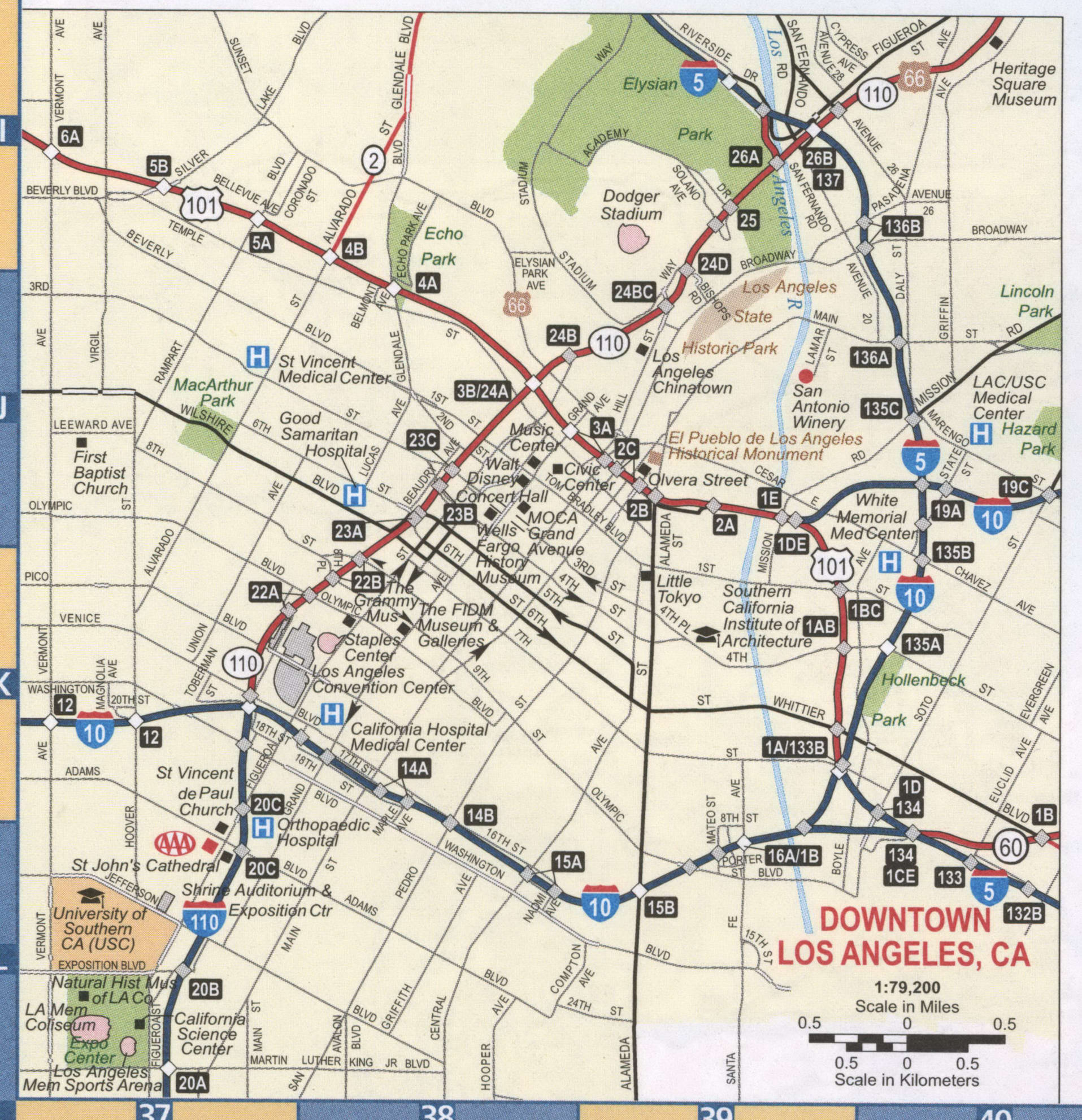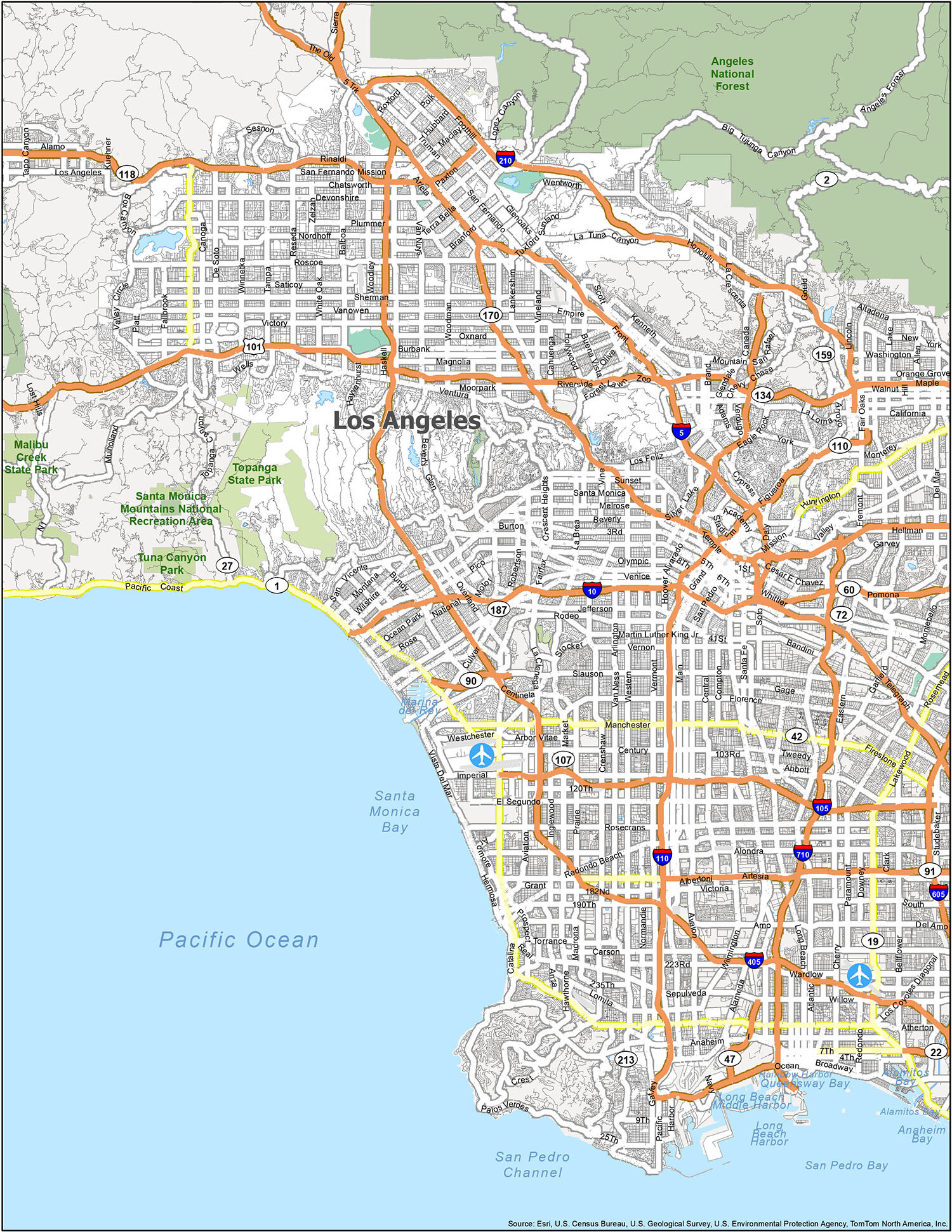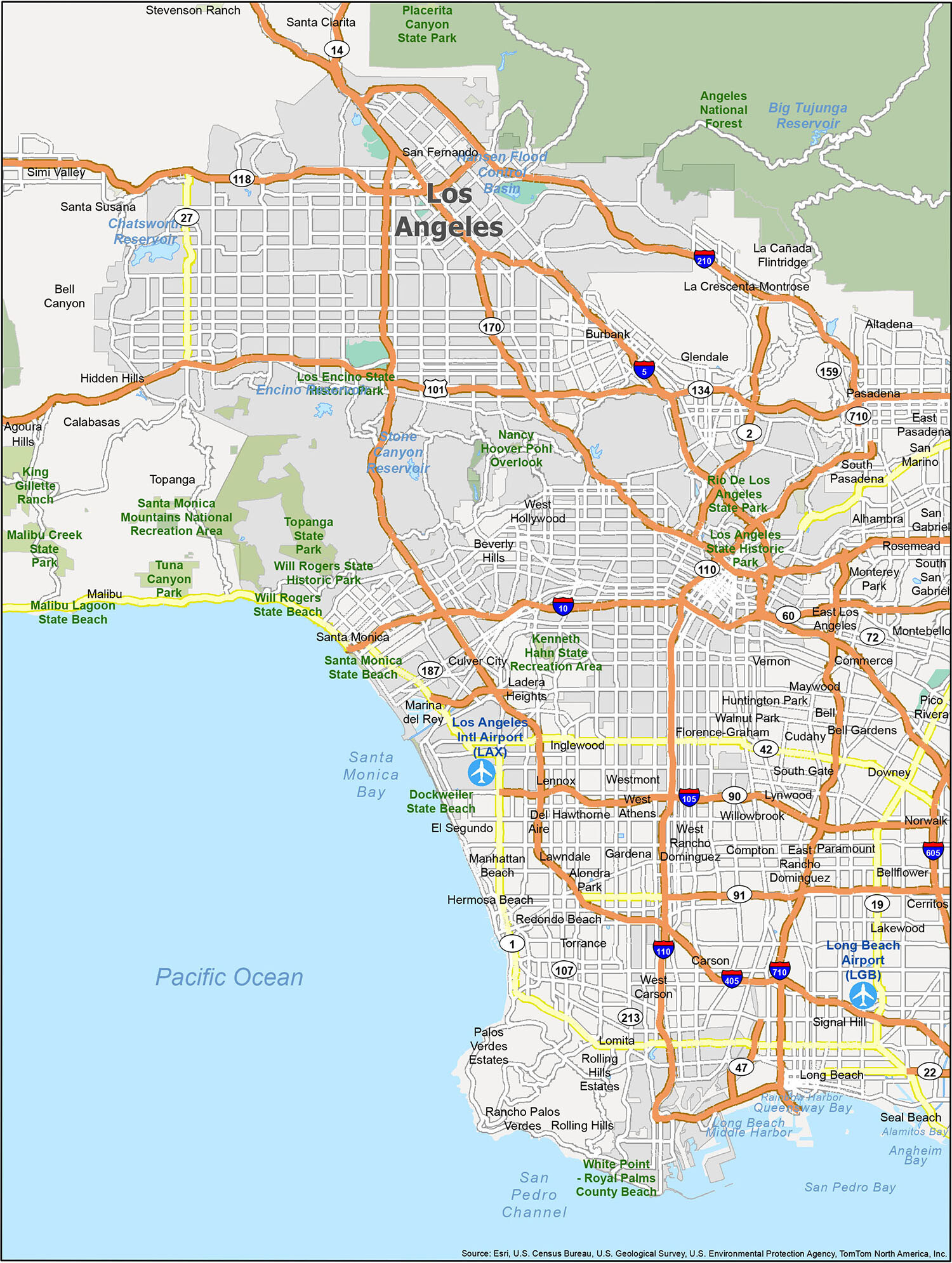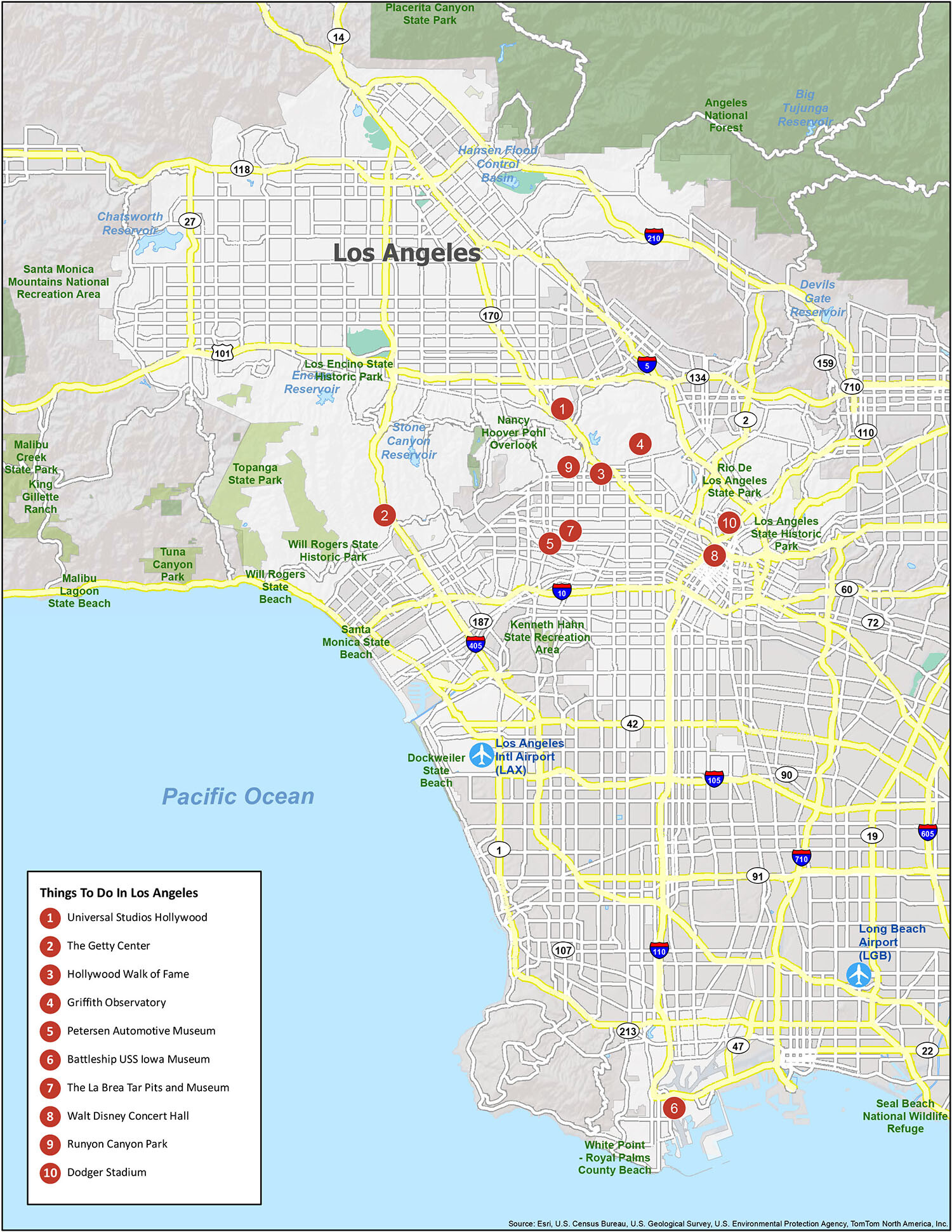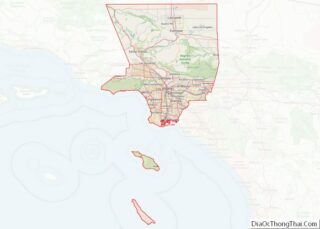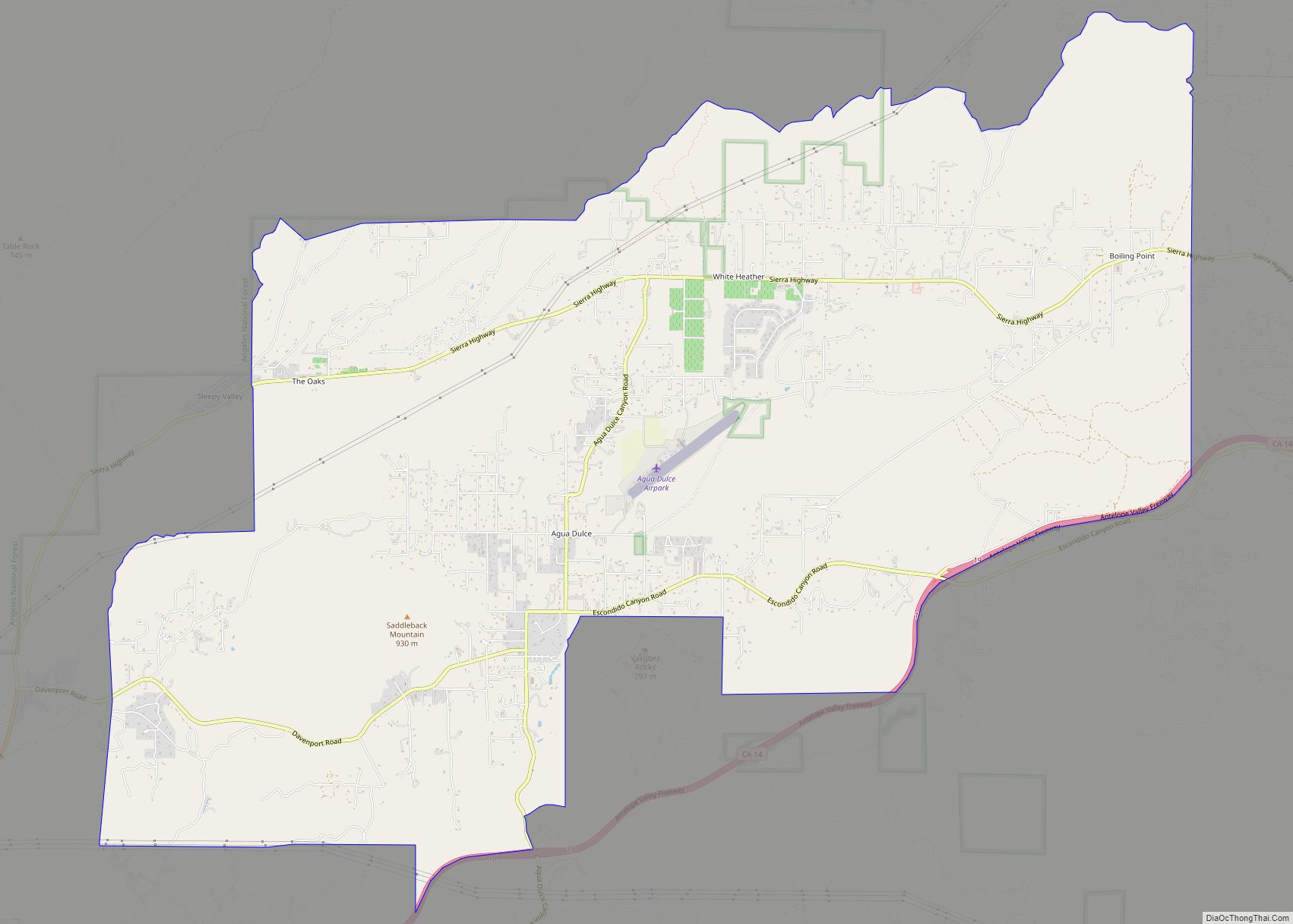Los Angeles (US: /lɔːs ˈændʒələs/ (listen) lawss AN-jəl-əs; Spanish: Los Ángeles, Spanish pronunciation: [los ˈaŋxeles], lit. ’The Angels’), often referred to by its initials L.A., is the commercial, financial, and cultural center of Southern California. Los Angeles is the largest city in California, the second-most populous city in the United States after New York City, and one of the world’s most populous megacities. With a population of roughly 3.9 million residents within the city limits as of 2020, Los Angeles is known for its Mediterranean climate, ethnic and cultural diversity, being the home of the Hollywood film industry, and its sprawling metropolitan area. The majority of the city proper lies in a basin in Southern California adjacent to the Pacific Ocean in the west and extending partly through the Santa Monica Mountains and north into the San Fernando Valley, with the city bordering the San Gabriel Valley to its east. It covers about 469 square miles (1,210 km), and is the county seat of Los Angeles County, which is the most populous county in the United States with an estimated 9.86 million residents as of 2022.
The area that became Los Angeles was originally inhabited by the indigenous Tongva people and later claimed by Juan Rodríguez Cabrillo for Spain in 1542. The city was founded on September 4, 1781, under Spanish governor Felipe de Neve, on the village of Yaanga. It became a part of Mexico in 1821 following the Mexican War of Independence. In 1848, at the end of the Mexican–American War, Los Angeles and the rest of California were purchased as part of the Treaty of Guadalupe Hidalgo, and thus became part of the United States. Los Angeles was incorporated as a municipality on April 4, 1850, five months before California achieved statehood. The discovery of oil in the 1890s brought rapid growth to the city. The city was further expanded with the completion of the Los Angeles Aqueduct in 1913, which delivers water from Eastern California.
Los Angeles has a diverse economy with a broad range of industries. It has the busiest container port in the Americas. In 2018, the Los Angeles metropolitan area had a gross metropolitan product of over $1.0 trillion, making it the city with the third-largest GDP in the world, after New York City and Tokyo. Los Angeles hosted the 1932 and 1984 Summer Olympics and will host the 2028 Summer Olympics. More recently, statewide droughts in California have strained both the city’s and Los Angeles County’s water security.
| Name: | Los Angeles city |
|---|---|
| LSAD Code: | 25 |
| LSAD Description: | city (suffix) |
| State: | California |
| County: | Los Angeles County |
| Incorporated: | April 4, 1850 |
| Elevation: | 305 ft (93 m) |
| Total Area: | 501.55 sq mi (1,299.01 km²) |
| Land Area: | 469.49 sq mi (1,215.97 km²) |
| Water Area: | 32.06 sq mi (83.04 km²) |
| Total Population: | 3,898,747 |
| Population Density: | 8,304.22/sq mi (3,206.29/km²) |
| FIPS code: | 0644000 |
| Website: | lacity.gov |
Discover the diverse culture of Los Angeles with this map of the city. From the iconic Hollywood sign to the bustling streets of downtown, this collection of maps will help you explore everything the City of Angels has to offer. Whether you’re looking for a romantic getaway, an exciting night out, or an unforgettable day trip, this map of Los Angeles will show you the way.
Explore the beauty of Los Angeles and all it has to offer with this map of Los Angeles (L.A.). Located on the west coast of Southern California, Los Angeles is one of the most diverse cities in the world. It is home to Hollywood, Beverly Hills, and Santa Monica, as well as some of the most iconic tourist attractions in the world. With this collection of maps, you can explore the vibrant culture of the City of Angels and discover the perfect place for a romantic getaway, a place to call home, or a great place to visit.
Online Interactive Map
Click on ![]() to view map in "full screen" mode.
to view map in "full screen" mode.
This interactive map of Los Angeles will help you navigate your way around this beautiful city. Because one of the best things about Los Angeles, California is that it is home to some of the best attractions, landmarks, and restaurants in the United States. So whether you are looking for a family-friendly activity, a local restaurant, or a five-star hotel, Los Angeles is the place to be. Explore what Los Angeles California has to offer with this interactive map of the city, complete with highways, roads, and hidden treasures of the city.
Los Angeles location map. Where is Los Angeles city?
History
Pre-colonial history
The Los Angeles coastal area was settled by the Tongva (Gabrieleño) and Chumash tribes. Los Angeles was founded on the village of iyáanga’ or Yaanga (written “Yang-na” by the Spanish), meaning “poison oak place”.
Maritime explorer Juan Rodríguez Cabrillo claimed the area of southern California for the Spanish Empire in 1542 while on an official military exploring expedition moving northward along the Pacific coast from earlier colonizing bases of New Spain in Central and South America. Gaspar de Portolà and Franciscan missionary Juan Crespí reached the present site of Los Angeles on August 2, 1769.
Spanish rule
In 1771, Franciscan friar Junípero Serra directed the building of the Mission San Gabriel Arcángel, the first mission in the area. On September 4, 1781, a group of forty-four settlers known as “Los Pobladores” founded the pueblo (town) they called El Pueblo de Nuestra Señora la Reina de los Ángeles, ‘The Town of Our Lady the Queen of the Angels’. The original name of the settlement is disputed; the Guinness Book of World Records rendered it as “El Pueblo de Nuestra Señora la Reina de los Ángeles de Porciúncula”; other sources have shortened or alternate versions of the longer name. The present-day city has the largest Roman Catholic archdiocese in the United States. Two-thirds of the Mexican or (New Spain) settlers were mestizo or mulatto, a mixture of African, indigenous and European ancestry. The settlement remained a small ranch town for decades, but by 1820, the population had increased to about 650 residents. Today, the pueblo is commemorated in the historic district of Los Angeles Pueblo Plaza and Olvera Street, the oldest part of Los Angeles.
Mexican rule
New Spain achieved its independence from the Spanish Empire in 1821, and the pueblo now existed within the new Mexican Republic. During Mexican rule, Governor Pío Pico made Los Angeles, Alta California’s regional capital. By this time, the new republic introduced more secularization acts within the Los Angeles region. In 1846, during the wider Mexican-American war, marines from the United States occupied the pueblo. This resulted in the siege of Los Angeles where 150 Mexican militias fought the occupiers which eventually surrendered.
1847 to present
Mexican rule ended during the Mexican–American War: Americans took control from the Californios after a series of battles, culminating with the signing of the Treaty of Cahuenga on January 13, 1847.
Railroads arrived with the completion of the transcontinental Southern Pacific line from New Orleans to Los Angeles in 1876 and the Santa Fe Railroad in 1885. Petroleum was discovered in the city and surrounding area in 1892, and by 1923, the discoveries had helped California become the country’s largest oil producer, accounting for about one-quarter of the world’s petroleum output.
By 1900, the population had grown to more than 102,000, putting pressure on the city’s water supply. The completion of the Los Angeles Aqueduct in 1913, under the supervision of William Mulholland, ensured the continued growth of the city. Because of clauses in the city’s charter that prevented the City of Los Angeles from selling or providing water from the aqueduct to any area outside its borders, many adjacent cities and communities felt compelled to join Los Angeles.
Los Angeles created the first municipal zoning ordinance in the United States. On September 14, 1908, the Los Angeles City Council promulgated residential and industrial land use zones. The new ordinance established three residential zones of a single type, where industrial uses were prohibited. The proscriptions included barns, lumber yards, and any industrial land use employing machine-powered equipment. These laws were enforced against industrial properties after the fact. These prohibitions were in addition to existing activities that were already regulated as nuisances. These included explosives warehousing, gas works, oil drilling, slaughterhouses, and tanneries. Los Angeles City Council also designated seven industrial zones within the city. However, between 1908 and 1915, the Los Angeles City Council created various exceptions to the broad proscriptions that applied to these three residential zones, and as a consequence, some industrial uses emerged within them. There are two differences between the 1908 Residence District Ordinance and later zoning laws in the United States. First, the 1908 laws did not establish a comprehensive zoning map as the 1916 New York City Zoning Ordinance did. Second, the residential zones did not distinguish types of housing; they treated apartments, hotels, and detached-single-family housing equally.
In 1910, Hollywood merged into Los Angeles, with 10 movie companies already operating in the city at the time. By 1921, more than 80 percent of the world’s film industry was concentrated in L.A. The money generated by the industry kept the city insulated from much of the economic loss suffered by the rest of the country during the Great Depression. By 1930, the population surpassed one million. In 1932, the city hosted the Summer Olympics.
During World War II Los Angeles was a major center of wartime manufacturing, such as shipbuilding and aircraft. Calship built hundreds of Liberty Ships and Victory Ships on Terminal Island, and the Los Angeles area was the headquarters of six of the country’s major aircraft manufacturers (Douglas Aircraft Company, Hughes Aircraft, Lockheed, North American Aviation, Northrop Corporation, and Vultee). During the war, more aircraft were produced in one year than in all the pre-war years since the Wright brothers flew the first airplane in 1903, combined. Manufacturing in Los Angeles skyrocketed, and as William S. Knudsen, of the National Defense Advisory Commission put it, “We won because we smothered the enemy in an avalanche of production, the like of which he had never seen, nor dreamed possible.”
After the end of World War II Los Angeles grew more rapidly than ever, sprawling into the San Fernando Valley. The expansion of the Interstate Highway System during the 1950s and 1960s helped propel suburban growth and signaled the demise of the city’s electrified rail system, once the world’s largest.
As a consequence of World War II, suburban growth, and population density, many amusement parks were built and operated in this area. An example is Beverly Park, which was located at the corner of Beverly Boulevard and La Cienega before being closed and substituted by the Beverly Center.
Racial tensions led to the Watts riots in 1965, resulting in 34 deaths and over 1,000 injuries.
In 1969, California became the birthplace of the Internet, as the first ARPANET transmission was sent from the University of California, Los Angeles (UCLA) to the Stanford Research Institute in Menlo Park.
In 1973, Tom Bradley was elected as the city’s first African American mayor, serving for five terms until retiring in 1993. Other events in the city during the 1970s included the Symbionese Liberation Army’s South Central standoff in 1974 and the Hillside Stranglers murder cases in 1977–1978.
In early 1984, the city surpassed Chicago in population, thus becoming the second largest city in the United States.
In 1984, the city hosted the Summer Olympic Games for the second time. Despite being boycotted by 14 Communist countries, the 1984 Olympics became more financially successful than any previous, and the second Olympics to turn a profit; the other, according to an analysis of contemporary newspaper reports, was the 1932 Summer Olympics, also held in Los Angeles.
Racial tensions erupted on April 29, 1992, with the acquittal by a Simi Valley jury of four Los Angeles Police Department (LAPD) officers captured on videotape beating Rodney King, culminating in large-scale riots.
In 1994, the magnitude 6.7 Northridge earthquake shook the city, causing $12.5 billion in damage and 72 deaths. The century ended with the Rampart scandal, one of the most extensive documented cases of police misconduct in American history.
In 2002, Mayor James Hahn led the campaign against secession, resulting in voters defeating efforts by the San Fernando Valley and Hollywood to secede from the city.
In 2022, Karen Bass became the city’s first female mayor, making Los Angeles the largest US city to have ever had a woman as mayor.
Los Angeles will host the 2028 Summer Olympics and Paralympic Games, making Los Angeles the third city to host the Olympics three times.
Los Angeles Road Map
Are you looking for a road map of Los Angeles? This map of Los Angeles shows you the roads, highways, and streets of the City of Angels. It includes interstates, highways, and major roads in one convenient and printable map. Use it for free so you will never get lost in Los Angeles again. This map includes the following interstate highways: I-5, I-10, 105, 110, 210, and 405. US Highways include 2, 5, 10, 27, 42, 47, 60, 90, 91, 101, 105, 110, 118, 134, 170, 210, 213, 405, Marina Expy, Mulholland Hwy, Pacific Coast Hwy, and Sierra Hwy. Freeways/Parkways include Colorado St Fwy, Imperial Hwy, San Bernardino Fwy, and Westchester Pky. Major Roads include 25th St, 9th St, Alameda St, Alvarado St, Cahuenga Blvd, Central Ave, Century Blvd, Chandler Blvd, Channel St, Columbus Ave, Del Mar, Figueroa St, Firestone Blvd, Gaffey St, Glendale Blvd, Highland Ave, La Cienega Blvd, Laurel Canyon Blvd, Lincoln Blvd, Lorena St, Main St, Manchester Ave, Pacific Ave, Palisades Beach Rd, Parthenia Pl, Parthenia St, Rinaldi St, Santa Monica Blvd, Sepulveda Blvd, Shepard St, Slauson Ave, Topanga Canyon Blvd, Valley Blvd, Van Nuys Blvd, Western Ave, Whittier Blvd, Wilshire Blvd, and World Way.
Los Angeles is a vibrant and diverse city with a plethora of cultural institutions and museums. With a wide array of neighborhoods ranging from affluent to low-income, it is a reflection of the city’s character and history. To explore the city in more detail, take a look at this Los Angeles map, which includes airports, census-designated places, water features, and cities. Whether you’re looking for a place to stay or just to admire the views, the Los Angeles map has something for everyone.
10 things to do in Los Angeles city
This interactive map of Los Angeles will help you navigate your way around this beautiful city. Because one of the best things about Los Angeles, California is that it is home to some of the best attractions, landmarks, and restaurants in the United States. So whether you are looking for a family-friendly activity, a local restaurant, or a five-star hotel, Los Angeles is the place to be. Explore what Los Angeles California has to offer with this interactive map of the city, complete with highways, roads, and hidden treasures of the city.
Los Angeles city Satellite Map
See also
Map of California State and its subdivision:- Alameda
- Alpine
- Amador
- Butte
- Calaveras
- Colusa
- Contra Costa
- Del Norte
- El Dorado
- Fresno
- Glenn
- Humboldt
- Imperial
- Inyo
- Kern
- Kings
- Lake
- Lassen
- Los Angeles
- Madera
- Marin
- Mariposa
- Mendocino
- Merced
- Modoc
- Mono
- Monterey
- Napa
- Nevada
- Orange
- Placer
- Plumas
- Riverside
- Sacramento
- San Benito
- San Bernardino
- San Diego
- San Francisco
- San Joaquin
- San Luis Obispo
- San Mateo
- Santa Barbara
- Santa Clara
- Santa Cruz
- Shasta
- Sierra
- Siskiyou
- Solano
- Sonoma
- Stanislaus
- Sutter
- Tehama
- Trinity
- Tulare
- Tuolumne
- Ventura
- Yolo
- Yuba
- Alabama
- Alaska
- Arizona
- Arkansas
- California
- Colorado
- Connecticut
- Delaware
- District of Columbia
- Florida
- Georgia
- Hawaii
- Idaho
- Illinois
- Indiana
- Iowa
- Kansas
- Kentucky
- Louisiana
- Maine
- Maryland
- Massachusetts
- Michigan
- Minnesota
- Mississippi
- Missouri
- Montana
- Nebraska
- Nevada
- New Hampshire
- New Jersey
- New Mexico
- New York
- North Carolina
- North Dakota
- Ohio
- Oklahoma
- Oregon
- Pennsylvania
- Rhode Island
- South Carolina
- South Dakota
- Tennessee
- Texas
- Utah
- Vermont
- Virginia
- Washington
- West Virginia
- Wisconsin
- Wyoming
